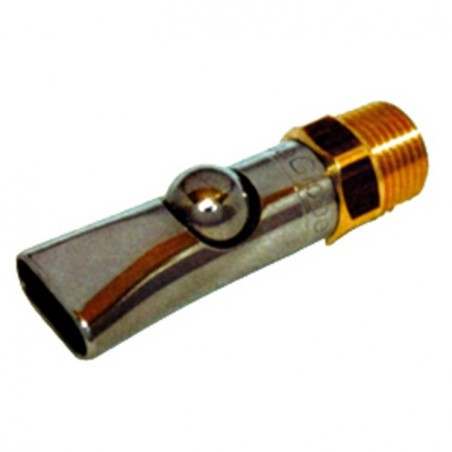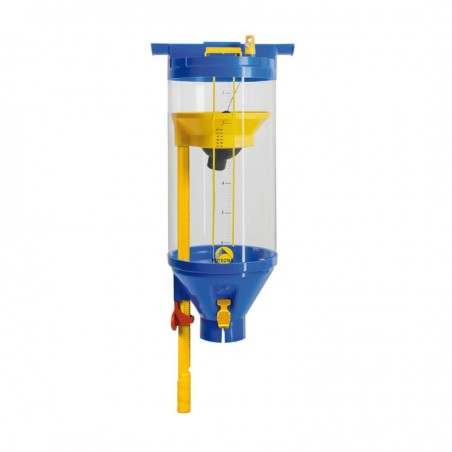The aim of this study was to investigate the influence of Lawsonia intracellularis (Li) and PCV2 infections on performance by measuring the level of both pathogens in the feces by Q-PCR in field situations.
A total of 656 pigs from three different farms were housed separately in nine units each containing eight pens. The piglets were vaccinated against Mycoplasma hyopneumoniae and PRRS, but not against Li or PCV2. The animals in each pen were weighed, their feed intake measured, and feces and blood samples taken at 10, 15, 20 and 25 weeks of age.

Diarrhea was rarely observed. A pen’s fecal sample consisted of a mixture of five teaspoonsful of the wettest feces in the pen. The samples were analyzed for Li and PCV2 by Q-PCR. The detection level for PCV2 was 50,000 and for Li 300 DNA copies/ml. Growth (ADG) and feed intake (ADFI) were calculated for each growth period. Decreases and increases in DNA copies for both Li and PCV2 were compared between the 72 pens, and the significance of any differences was calculated. The possible influence of farm of origin, total Li and total PCV2 count (from 10 to 25 weeks) was determined.
For Li, pens with an increase in DNA copies between 10 and 15 weeks, but also between 15 and 20 weeks had a significantly lower ADG and ADFI compared with pens with a decreased number of copies. For PCV2 there is the same trend but differences were not significant. In this field trial pens with high total copies of Li had lower ADG. The 3 farms exhibited different contamination levels of Li and PCV2 in feces as measured by Q-PCR. The farm with the lowest Li and PCV2 counts at10 weeks of age experienced the greatest increase in pathogens during the first 5 weeks. Significant reductions in ADG and ADFI were evident in animals with a raised fecal level of Li. By regression analysis, farm origin which include breed, birthweight and infection status, had the most significant influence on ADG, followed by total Li count.
Even in the absence of clinical signs, growth rate and feed intake are likely to be reduced by Li infections. There is a trend that also PCV2 infections can exert a similar negative influence.
GJR Groenland, VNAM Geurts. The influence on performance in fattening pigs of L. intracellularis and PCV2 infections as measured in feces by Q-PCR. Proceedings of the 23rd IPVS Congress. 2014.







